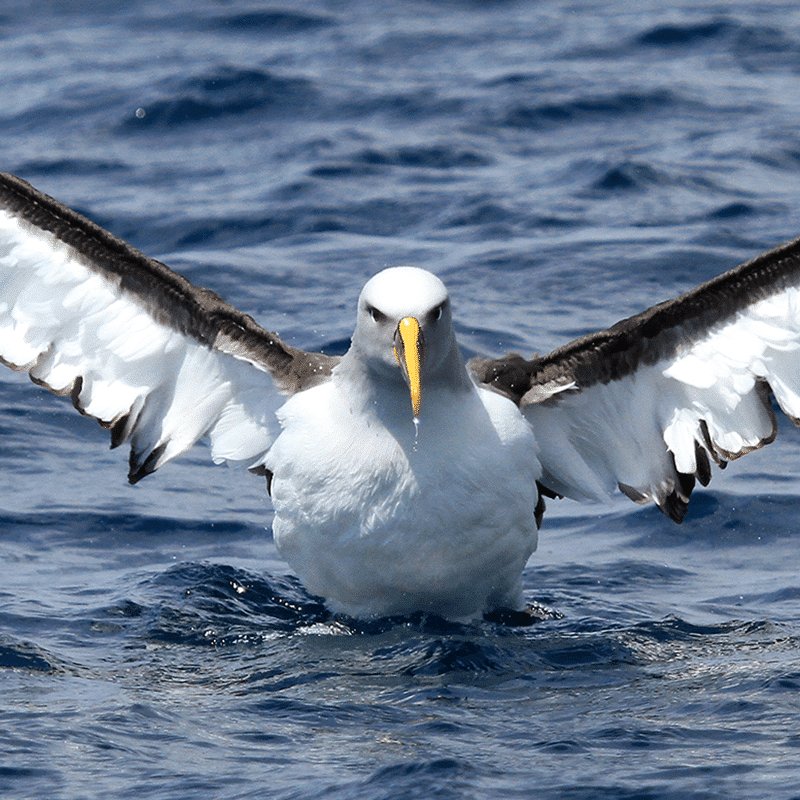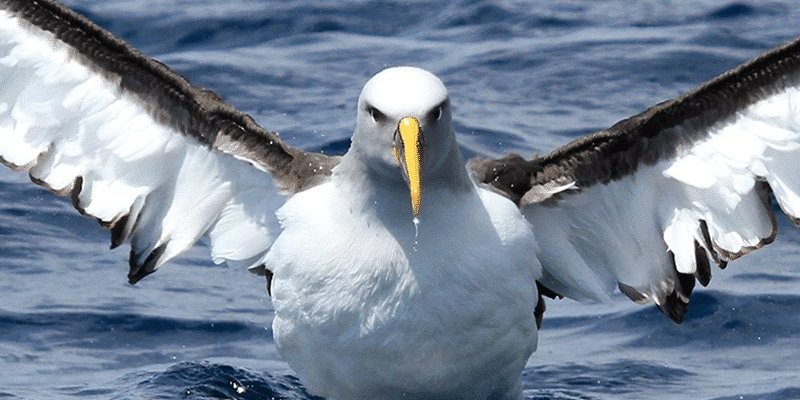
Imagine an immense ocean, dotted with islands and teeming with life. Each year, albatrosses make remarkable journeys, spanning thousands of miles to find food and breed. However, as they navigate these vast waters, they encounter numerous dangers, from fishing bycatch to habitat destruction. Their plight is a stark reminder of how interconnected our ecosystems are and how human activities can have ripple effects on wildlife. So, why should we care about saving these birds? Let’s break it down.
Understanding the Current Status of Albatross Populations
The global population of albatrosses varies by species, but many are teetering on the edge of survival. In fact, according to the International Union for Conservation of Nature (IUCN), almost half of the 22 recognized albatross species are classified as threatened. This alarming statistic puts them on the radar of conservationists and bird lovers alike. But what are the specific challenges they face?
One of the primary threats is bycatch in commercial fishing. Albatrosses often get caught on fishing lines or in nets while trying to snatch bait. This unintended catch is devastating, as it directly impacts their numbers and disrupts breeding patterns. Additionally, as the oceans warm and food sources shift, these birds must adapt quickly to survive.
Another significant threat is the loss of breeding habitats. Many albatrosses nest on remote islands where human activity is minimal. However, climate change is causing rising sea levels and extreme weather events, which can wash away nests and disrupt breeding. As these birds face multiple challenges, their survival becomes more precarious.
What Are the Main Threats to Albatrosses?
When we look closely at the threats facing albatrosses, a few key culprits emerge. Understanding these can help us figure out how to protect them. Here are some of the top concerns:
- Bycatch: As mentioned earlier, this is a leading cause of albatross deaths. It’s heartbreaking to think that these birds are dying simply because they’re searching for food.
- Habitat Destruction: Coastal developments and climate change lead to the loss of nesting sites. Albatrosses are often picky about where they breed, so losing their homes can be devastating.
- Pollution: Ocean pollution, particularly plastic waste, affects the albatrosses’ food sources. They often ingest plastic debris, mistaking it for food, which can lead to malnutrition or death.
- Climate Change: The effects of climate change are far-reaching. As the oceans warm, the distribution of fish and other food sources changes, making it harder for albatrosses to find food.
Each of these factors contributes to a complex web of threats that threaten the survival of these remarkable birds.
Conservation Efforts for Albatrosses
So, what’s being done to help our feathered friends? Conservation groups are stepping in to address these threats and protect albatross populations. Here are some key initiatives:
1. Regulations on Fishing Practices: Many countries are implementing stricter regulations to reduce bycatch. This includes using bird-friendly fishing gear, such as weighted lines that sink faster to limit albatross access to bait.
2. Habitat Protection: Organizations are working to protect the breeding grounds of albatrosses. This means safeguarding remote islands and ensuring these areas remain free from development and pollution.
3. Public Awareness Campaigns: Raising awareness about the plight of albatrosses is crucial. When people understand the impact of their actions, they can make more conscious choices, like reducing plastic waste and supporting sustainable fishing practices.
4. Research and Monitoring: Continuous research helps scientists understand albatross behavior and ecology better. This information guides conservation efforts and helps target specific threats they face.
These efforts are making a significant difference, but there’s still much work to be done.
How Can You Help Protect Albatrosses?
If you’re feeling inspired to contribute to albatross conservation, there are several actions you can take. Here’s how you can make a difference:
- Support Conservation Organizations: Donating to groups that focus on seabird protection can have a big impact. Every little bit helps in funding conservation projects.
- Reduce Plastic Use: Being mindful of your plastic consumption can lower pollution levels in the ocean. Bring reusable bags and bottles along when you shop.
- Choose Sustainable Seafood: Look for eco-labels or certifications when buying seafood. This ensures the fish you eat is sourced responsibly and reduces the risk of bycatch.
- Spread the Word: Talk about the challenges facing albatrosses with friends and family. The more people know, the more likely they are to get involved!
Every action counts, no matter how small it seems. You might be surprised at how big of a difference your efforts can make.
So, is the albatross endangered? Yes, many species are indeed at risk, primarily due to human activities. These magnificent birds are not just a symbol of the sea; they play a vital role in maintaining the health of marine ecosystems. Protecting them means protecting the oceans we all rely on.
By staying informed and participating in conservation efforts, you can help ensure that these iconic birds continue to soar above the waves for generations to come. The future of the albatross is in our hands, and together, we can make a difference.

